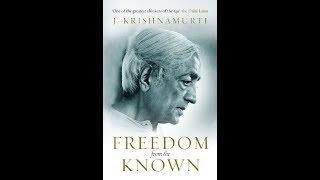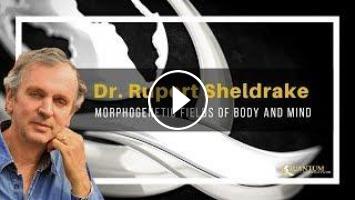According to the hypothesis of formative causation, all self-organizing systems, including crystals, plants and animals contain an inherent memory, given by a process called morphic resonance from previous similar systems. All human beings draw upon a collective human memory, and in turn contribute to it.
Even individual memory depends on morphic resonance rather than on physical memory traces stored within the brain. This hypothesis is testable experimentally, and implies that the so-called laws of nature are more like habits.
Morphic resonance works through morphic fields, which organize the bodies of plants and animals through vibratory patterns, and underlie their abilities to regenerate and heal after damage. Morphic fields also coordinate the vibratory activities of the nervous system, and are closely connected to mental activity.
Minds are extended beyond brains through these fields, and the effects of attention and intention at a distance can be detected experimentally.
- Category
- Philosophy


